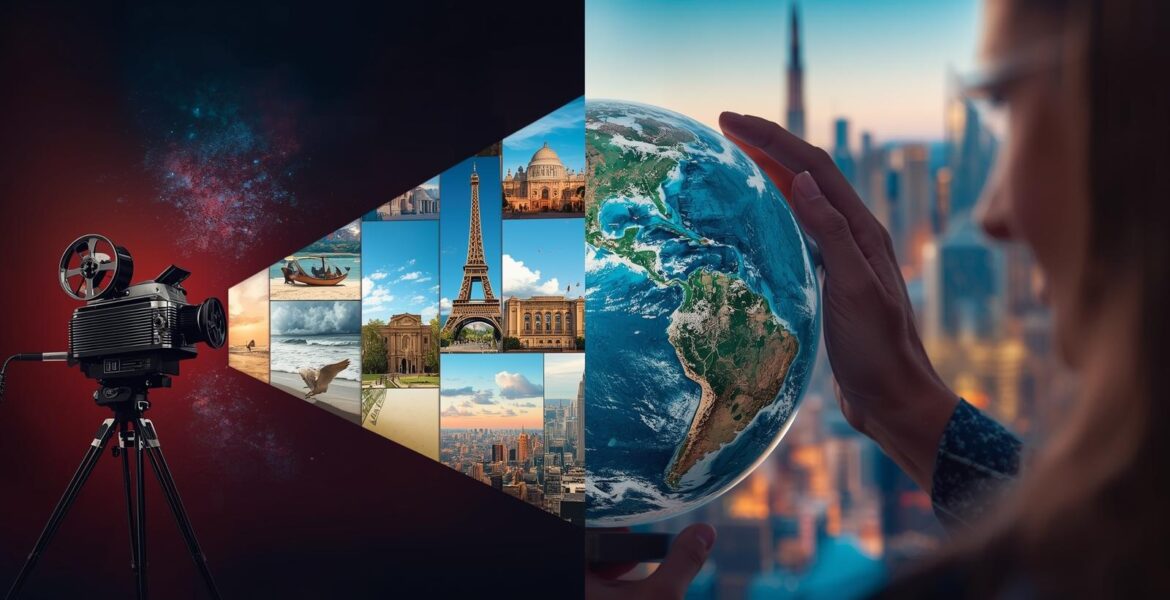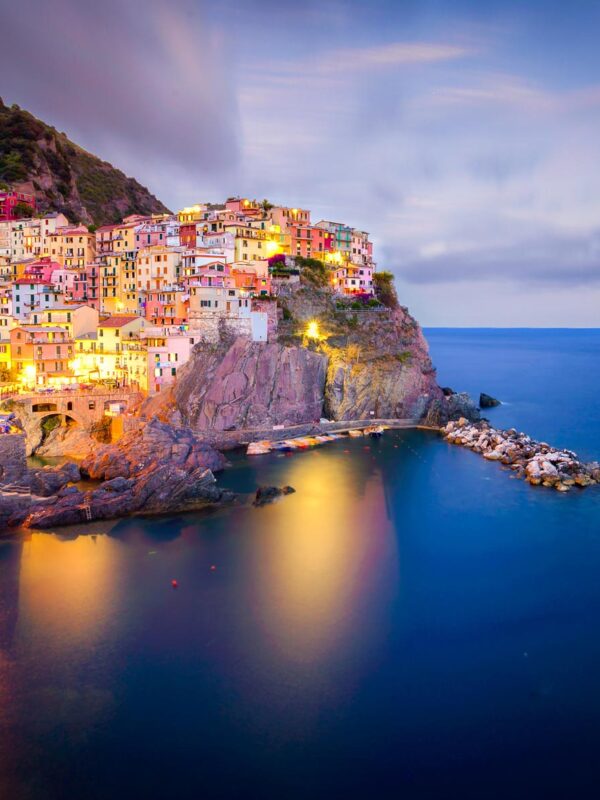In an age where the allure of the silver screen can transport audiences to distant lands and exotic locales, it’s no surprise that movies play a significant role in shaping travel decisions. Movies have the power to ignite wanderlust and inspire viewers to embark on their own adventures, tracing the footsteps of their favorite characters and exploring the breathtaking landscapes showcased on screen. This phenomenon, known as film tourism, offers travelers the opportunity to experience the magic of the movies in real life.
Film tourism, the practice of visiting locations where movies and television series are filmed, has seen a remarkable surge in popularity over the past few decades. From the enchanting landscapes of New Zealand featured in “The Lord of the Rings” to the romantic streets of Paris immortalized in “Amélie,” films often serve as a catalyst for travel. They not only highlight the beauty of destinations but also create emotional connections that resonate with audiences long after the credits roll.
The influence of film locations extends beyond merely inspiring wanderlust. It can have profound economic impacts on the regions featured in films. When a movie captures the imagination of its viewers, the locations become tourist hotspots, leading to increased visitation and economic benefits for the local community. Hotels, restaurants, and tour operators often see a surge in business, and local artisans may find new markets for their crafts.
Certain films have achieved a cult status, drawing fans from around the globe to their iconic locations. For instance, the Scottish Highlands experienced a boost in tourism following the release of “Braveheart,” with travelers eager to explore the rugged landscapes that served as the backdrop for the epic tale. Similarly, the quaint town of Notting Hill in London has become a popular destination for fans of the romantic comedy bearing its name.
Contemporary films continue to shape travel trends, introducing audiences to lesser-known destinations. The dramatic cliffs of Skellig Michael in Ireland, featured in “Star Wars: The Force Awakens,” have seen a significant increase in visitors, while the picturesque village of Hallstatt in Austria gained worldwide fame after appearing in the Korean drama “Spring Waltz.”
For travel agents, the challenge lies in creating itineraries that go beyond the typical tourist experience. By incorporating film tourism into travel packages, agents can offer clients a unique perspective on destinations. A visit to the filming locations of “Game of Thrones” in Croatia, for example, can be paired with cultural experiences such as traditional Dalmatian cuisine and local folklore.
To truly capture the essence of a destination, it’s important to focus on authenticity. Travelers seeking deeper connections with their destinations appreciate opportunities to interact with locals and immerse themselves in the cultural context. Film tourism can serve as a gateway to such experiences, encouraging travelers to delve beyond the surface and discover the stories that shape a place.
Lifestyle influencers have the power to shape perceptions and inspire travel through their content. By showcasing film locations through a personal lens, influencers can offer fresh perspectives that resonate with their audience. Highlighting the charm of understated luxury and genuine travel experiences can captivate followers and foster a sense of loyalty.
Engaging content goes beyond static images; it tells a story. By weaving narratives that highlight the connection between films and their locations, influencers can draw their audience into a world of exploration and discovery. Videos, blogs, and social media posts can all serve as powerful tools to convey the magic of a film-inspired journey.
For hotel managers, the opportunity to tap into film tourism lies in offering authentic experiences that resonate with travelers. By incorporating elements of local culture and storytelling into the guest experience, hotels can create memorable stays that go beyond the ordinary. Collaborations with local artisans, cultural events, and culinary experiences can enhance the appeal of a property and attract discerning travelers.
Every destination has a story to tell, and hotels can play a crucial role in bringing that narrative to life. By aligning with the themes and locations featured in popular films, hotels can create a unique ambiance that reflects the spirit of the destination. This approach not only enriches the guest experience but also fosters a deeper connection with the place.
Movies have the power to transport us, not only to the worlds imagined by filmmakers but also to the real-life locations that serve as their backdrop. As film tourism continues to grow, it offers travelers the chance to explore the world through a cinematic lens, discovering the beauty and authenticity of destinations that have inspired their favorite films. Whether you’re a travel agent crafting bespoke itineraries, an influencer creating captivating content, or a hotel manager enhancing guest experiences, embracing the influence of movies can open new doors to exploration and connection.


